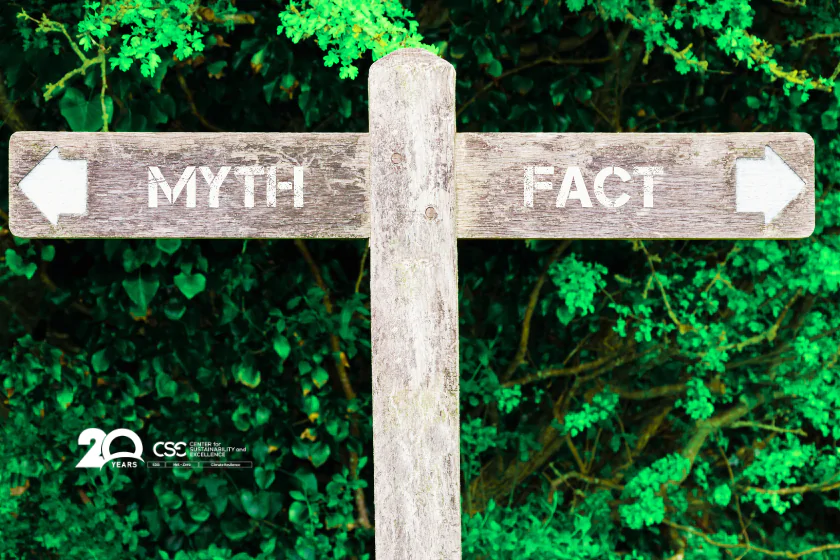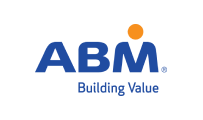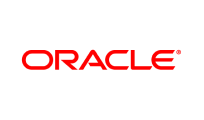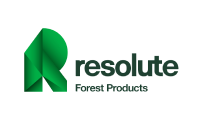The Corporate Sustainability Reporting Directive (CSRD) is not just another EU regulation—it is reshaping the way businesses approach transparency, accountability, and ESG reporting. With the European Sustainability Reporting Standards (ESRS), CSRD sets the most ambitious global framework for corporate sustainability disclosures despite the Omnibus changes.
But even as deadlines approach, there are misconceptions from executives and sustainability teams. Misunderstanding the scope and intent of CSRD can leave organizations exposed to compliance failures, costly audits, and reputational risks.
Below we break down the five most common CSRD myths—and the truth behind them
Myth 1: CSRD only applies to large multinationals
Truth: CSRD’s scope is much broader than many realize. While the initial wave affects large public-interest companies, by 2028 it will extend to listed SMEs. Non-listed SMEs are not exempt—they will feel the indirect pressure through supply chain requirements from larger clients.
The European Commission estimates that over 40,000 companies will eventually fall under CSRD, compared to only 11,000 under the former NFRD (Non-Financial Reporting Directive)
Myth 2: CSRD is just another reporting obligation
Truth: Unlike voluntary sustainability reports, CSRD is designed as a regulatory instrument for accountability. It requires companies to align with EFRAG’s ESRS standards, which cover environmental, social, and governance factors in detail.
For instance:
- ESRS E1 demands disclosures on climate change strategy and emissions targets.
- ESRS S1 covers workforce conditions, training, and diversity.
- ESRS G1 requires companies to disclose governance practices and anti-corruption measures.
EFRAG has published the full set of ESRS standards, which will be updated regularly to reflect best practice and EU policy goals.
This is not a “checkbox” exercise. CSRD embeds sustainability into corporate governance in the same way financial reporting is regulated.
Myth 3: Existing ESG reports are sufficient
Truth: Many companies assume that because they publish GRI or SASB-aligned reports, they are ready. Unfortunately, this is far from reality since all these standards are voluntary and most of the companies partially comply while CSRD requires:
- Digital tagging (XBRL format) to improve data comparability.
- Independent third-party assurance (auditor verification).
- Forward-looking disclosures, not just retrospective performance.
- Double Materiality Assessment
🎯 A real-world case: A German automotive SME discovered that 60% of its ESG indicators did not align with ESRS, forcing the company to redesign its entire data architecture, including new processes for supply chain emissions tracking.
This illustrates a hard truth: legacy ESG reporting ≠ CSRD compliance.
Myth 4: There is plenty of time to prepare
Truth: Time is running out. The first wave of companies must publish CSRD-aligned reports in 2025 for FY 2024. Listed SMEs follow in 2028 and not listed SMEs after.
From the experience with multinational clients, it is well known that establishing governance systems, reliable data flows, and audit-ready processes takes 12–24 months.
Forward-looking companies are already investing in digital reporting systems, internal capacity-building, and double materiality assessments. Those who delay risk not only compliance penalties but also a loss of investor confidence.
Final Thoughts
CSRD is not simply another compliance hurdle. It is an opportunity for companies to strengthen transparency, elevate governance, and earn stakeholder trust.
By combining independent EU resources with professional training, companies can move beyond myths and build a future-ready ESG strategy.
How CSE Helps Professionals Go Beyond the Myths
At the Center for Sustainability & Excellence (CSE), we help organizations translate these requirements into practical strategy with experience to over 250+ companies in Europe , North America and other regions. With 20 years of experience and 10,000+ professionals trained in 90 countries, our programs offer:
- Hands-on guidance on double materiality and ESRS mapping.
- Case studies from companies already implementing CSRD frameworks.
- Expert instruction rooted in consulting experience across Europe, North America, and beyond.







